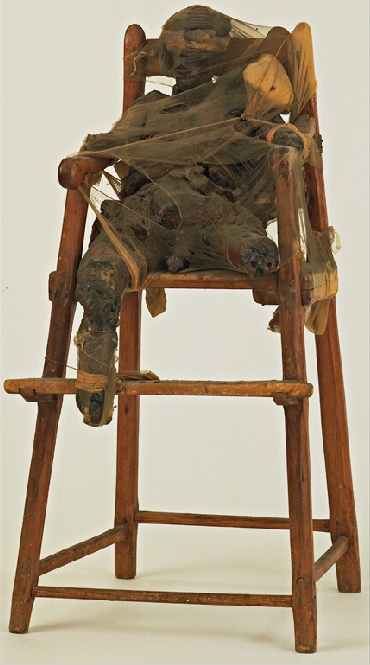Today's installment is gonna get ugly. Visceral, disgusting, ephemeral--I'm talking entropy. I'm talking shit that pushes the boundaries of what constitutes Art. I'll start with someone familiar
Robert Rauschenberg:

Rauschenberg wasn't afraid to get messy. His combines incorporated found objects, including underwear, bedsheets, and taxidermy animals, giving the paint a bodily, sometimes scatological feel. And this was the 50s, mind you
Bruce Conner:
Creepy right? Conner favors nylon stockings, costume jewelry and fur in his pieces. Dark, twisted, disturbing, violent. Check, check, check, check. But look at how the fetishized materials communicate content.
Edward Kienholz:

Kienholz made tableaux depicting macabre representations of bars, brothels, the seedy underpinnings of daily existence. These pieces are unavoidable attacks that expose society's twisted secrets. Plus, resin just makes everything disturbing.
Paul Thek:
I recently saw the Paul Thek show at the Whitney (which is up until Jan 9th, so go see it if you haven't). His meat sculptures are some of the most delightfully revolting things I've ever seen in person. They're made of resin, beads, human hair, among other things, and are encased in plexi boxes. A couple even had big ol' plastic flies accompanying the festering "flesh". They're nauseatingly convincing. In a good way. Thek also made full body casts which he used to create alter egos for himself including the Dead Hippie and Fishman. I stood under the Fishman piece, mentally willing one of the flimsier bits of laytex to fall on me. The curatorial intern said it would have been highly possible.
Wow, there's a lot of testosterone in this post...Next post I'll have to call out Carolee Schneemann to represent...





































































